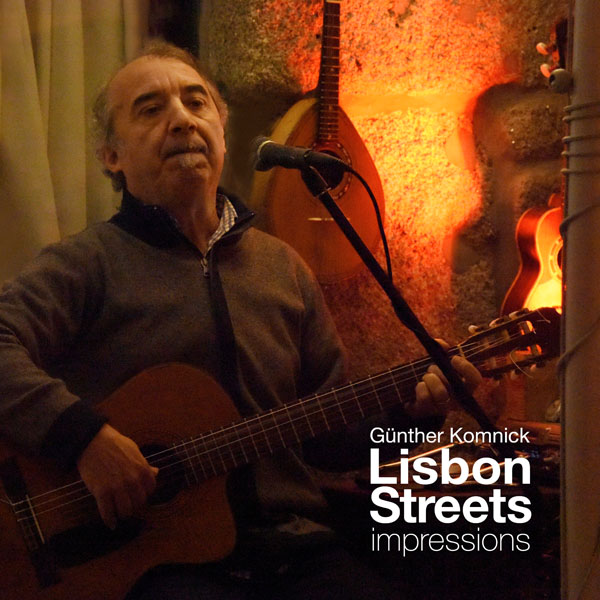Dedicated to my loving wife, Lila

Window cleaners, fishmongers, flower sellers, eccentric travellers with their dogs, night-time boulevardiers, grumpy teenagers, sophisticated teenagers, short and stocky peasants, men of a certain age gathering to gossip and play cards, musicians and dog-walkers, pavement artists, cafè clientele, day-trippers in luminous green tunics or bright orange caps, or children out on a school outing in green gingham frocks, retired couples, bohemians with quirky hats, wedding couples. This rich panoply Günther Komnick captures in all their spontaneity, in the narrow alleys and magnificent squares of this venerable city. We don’t know what Lisbon was like before 1755, when the earthquake estimated to have been 7.7 on the Richter scale. The 1755 earthquake occurred in the midst of the Enlightenment movement in Europe and led to a re-evaluation of the ideas surrounding "theodicy which dwells upon the idea of why does a good God permit evil to exist. The 1755 earthquake gave birth to the scientific study of seismology and profoundly influenced philosophers of the Enlightenment in their appraisal of the mankind and its role in the world.
This ancient city also was the centre of a world-wide empire, that stretched from Macao and East Timor in the East through Africa and to Brazil. Lisbon was also the last city in Europe where thousands of refugees could gather on their way to cross the Atlantic to escape the horrors happening in the rest of Europe during the Second World War. Erich Maria Remarque’s novel The Night in Lisbon (Die Nacht von Lissabon) brilliantly evokes a night in the city in 1942, festooned with refugees and spies and fortune hunters, desperately seeking visas, air tickets or ocean liner tickets to make their way to safety.
Some of these thoughts come to mind, inspired by Komnick’s heartfelt look at this, one of the most seminal cities in world history.
Dr Wilhelm Snyman, Auckland, New Zealand